Tugboats
Table of contents
Overview
Ahoy mate, if you know even a little bit about the maritime industry then you must know about tugboats. In the maritime industry, it is said that if ships are the lifeline, then tugboats actively serve as the heartbeat of this industry. These compact yet powerful vessels play a crucial role in assisting larger ships, maneuvering them safely in harbors, along canals, and through challenging waterways. In this article, we will delve into the world of tugboats, uncovering their fascinating history, functions, and the various types that exist, while also highlighting their significance in the maritime industry.
The Role of Tug boat
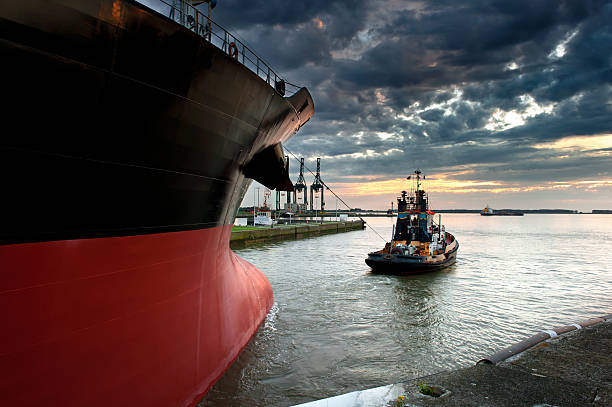
They mainly excel in their towing capabilities. Their main functions include assisting ships that require help with docking, undocking, or navigating through narrow and congested water passages.
- Towing: They excel in towing large vessels such as oil tankers, container ships, and barges. They use their powerful engines and maneuverability to ensure safe and controlled movement.
- Pushing: In addition to towing, it can also actively push ships, especially in situations where a vessel needs active movement sideways or precise positioning.
- Escorting: They often serve as escorts for ships, guiding them through narrow channels and ensuring they avoid collisions or grounding.
- Emergency Response: They are equipped to respond quickly to emergencies at sea. They actively assist distressed vessels, engage in fire-fighting efforts, and contain oil spills.
Now that we understand their role, let’s actively explore the different types of tug boats designed for specific tasks.
History of Tug boats
Tug boats have been used since ancient times for the berthing of ships. Some believe that the existence of tug boats dates back to the Egyptian or Roman Era when they used them for the berthing of Ships in narrow canals. Well, one thing we are sure about is that these engineering marvels have ruled the ports and harbors since ancient times. Later in the 18th Century during industrialization, they went through a significant development because of the demand for the tugboat and that’s when we got our first steam-powered tugboat instead of ten people rowing it.
Types of Tugboats
They come in various shapes and sizes, each designed to perform specific tasks effectively. Here are the main types:
1. Harbor Tug boat
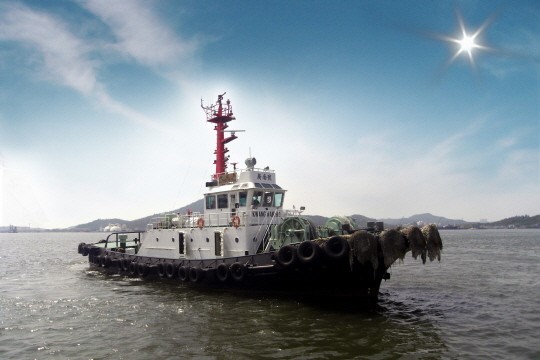
Harbor tug boats are the workhorses of busy ports and harbors. They are designed for precision and power, capable of maneuvering large ships in confined spaces. Along with high horsepower engines they are equipped with advanced navigation systems to ensure safe docking and undocking procedures.
2. Ocean-Going Tug boat
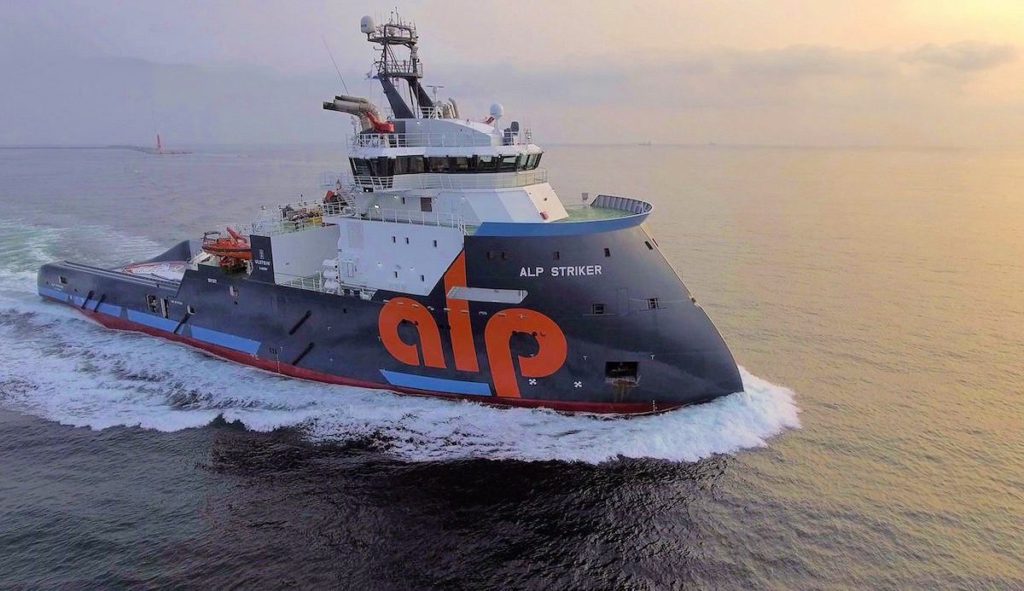
Ocean-going tugboats, constructed for handling long-distance tows across open waters, actively embody rugged vessels designed for endurance and stability. These qualities make them suitable for towing large cargo ships and oil rigs across vast expanses of the ocean.
3. River Tug boats
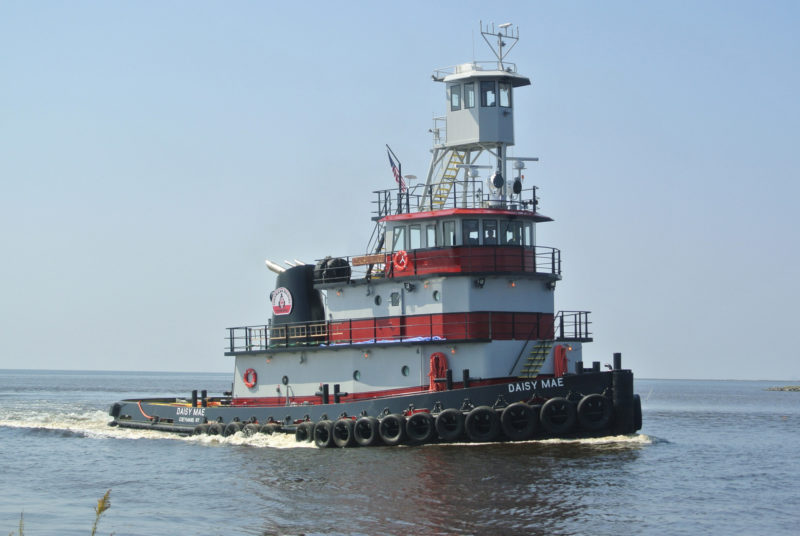
River tugboats are specially adapted for navigating shallow and winding rivers, and they have a shallower draft. This characteristic allows them to access inland waterways that are off-limits to larger vessels. Consequently, river tugboats play an essential role in transporting goods along rivers and canals.
4. Articulated Tug Barges (ATBs)
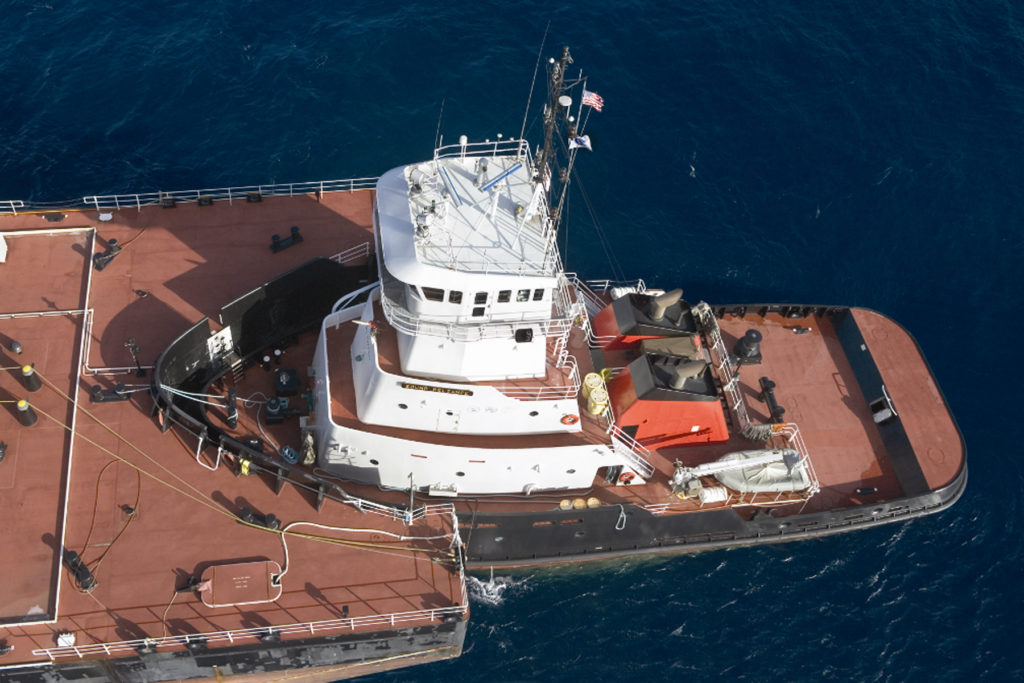
Articulated Tug Barges, or ATBs, are a unique combination of a tug boat and a barge. They are highly efficient for transporting bulk cargo, such as petroleum and chemicals. It connects to the barge providing thrust and movement to the barge. People prominently use them to transport goods or barges along the coastal region.
5. Azimuth Stern Drive (ASD)
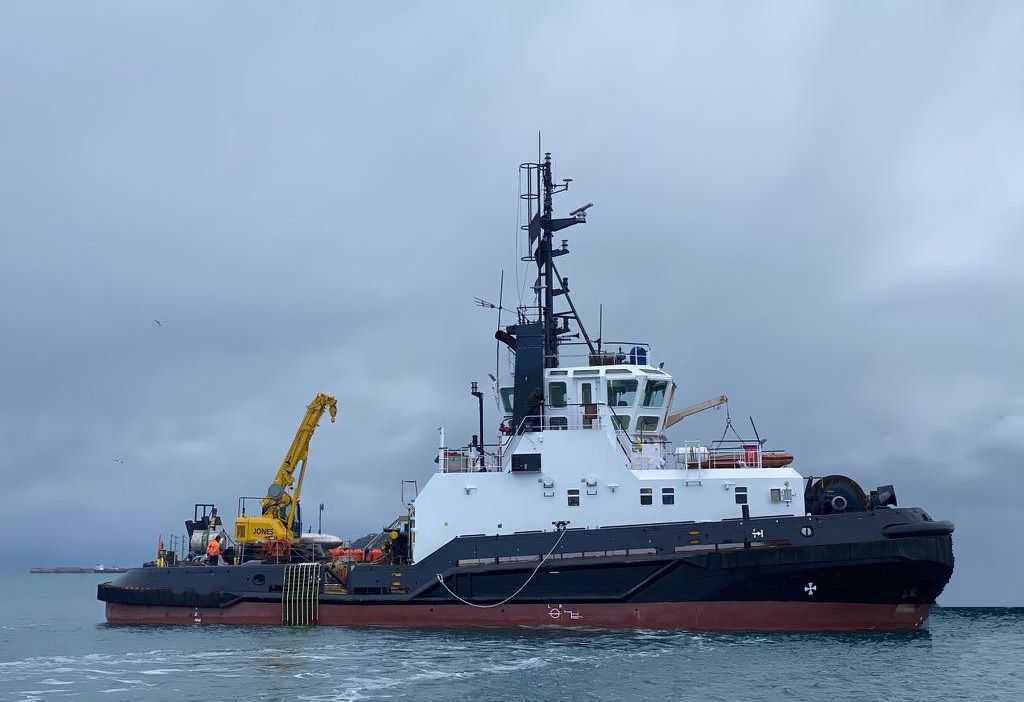
ASD boats are known for their exceptional maneuverability. They feature a propulsion system that allows the tug to rotate 360 degrees, hence making them ideal for precise and controlled towing and escort operations.
6. Tractor Tug boat
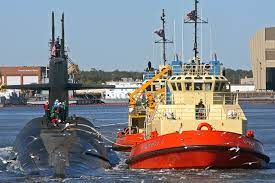
Tractor tug boats, also known as Voith Schneider tugs, employ a unique propulsion system that enables them to generate thrust in any direction without the need for a traditional rudder. This makes them incredibly versatile and effective in tight spaces.
7. Z-drive Tug boat
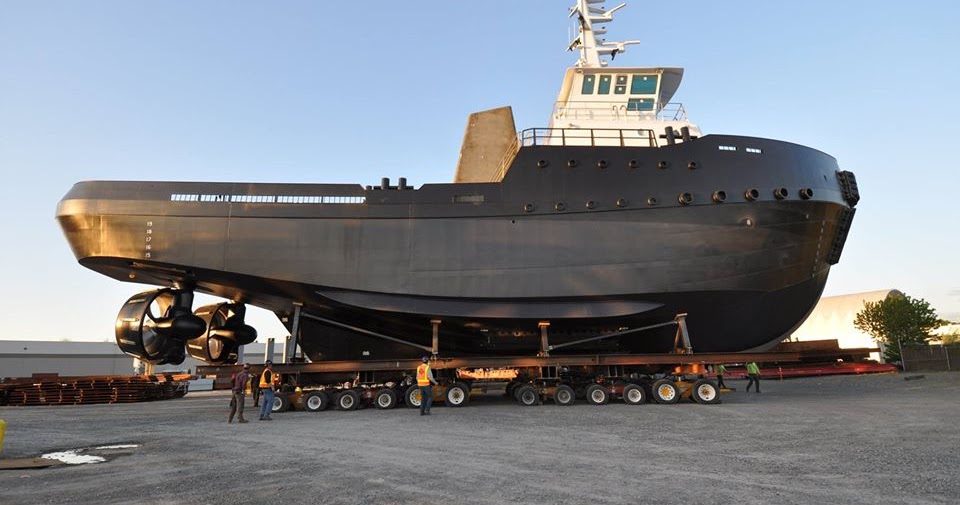
Z-drive tug boats are equipped with azimuth thrusters that can rotate 360 degrees. This advanced propulsion system provides excellent control and power, hence making them suitable for a wide range of tasks, including ship handling and escorting.
Significance in the Maritime Industry
They hold immense significance in the maritime industry for several reasons:
- Safety: They enhance safety by assisting large vessels during intricate maneuvers. They prevent accidents, collisions, and groundings, thereby protecting both ships and the environment.
- Efficiency: The efficiency of port operations heavily relies on tug boats, because they ensure the swift entry and exit of vessels, which results in minimizing the waiting times and congestion in harbors.
- Environmental Protection: They play a vital role in responding to maritime emergencies, such as oil spills. Their quick response can also mitigate environmental disasters.
- Economic Impact: Tug boats enable the transportation of goods and resources resulting in the contribution to the global economy. They also facilitate trade by ensuring the smooth flow of maritime traffic.
- Versatility: The diverse type serves various maritime needs, from navigating rivers to towing massive ocean vessels. This versatility makes them indispensable.
Conclusion
In conclusion, they are a crucial part of the maritime world, providing vital support and ensuring the safe and efficient movement of ships. With their diverse types and significant contributions, tugboats have firmly established themselves as a cornerstone of the global maritime industry. Consequently, when you observe a tugboat guiding a massive vessel, you’ll gain a deeper understanding of the invaluable role they play in ensuring the safety of our seas.
Apart from tugboats, there are other types of ships as well about which you can learn here:
Commonly asked questions:-
1- What is the purpose of Tugboats?
People have used tug boats since ancient times for just one thing: assisting vessels in berthing and unberthing in port. However, with the advancement of tug boats, people now use them for various purposes, such as firefighting operations, resolving environmental issues, and many more.
2- How do Tug boats operate?
Tug boats operate on three methods:-
Direct Towing:- In this method, ropes and winches establish a secure connection to the tugboat, and then ropes attached to the tugboat tow the vessel. It generally happens at low speed when the ship is not able to propel itself.
Indirect Towing:- Indirect Towing is a method in which a tugboat ties up at the stern and uses it to change the ship’s direction as it moves. This method enlarges the force acting on the ship.
Pushing:- It is exactly what it sounds like. It refers to the operation where tug boats push a huge cargo vessel to change its course or to provide maneuverability by pushing it into deep waters.
3- How such small tugboats are able to tow large ships?
There are many things that work in harmony to provide the necessary power required to push or pull those towering giants in and out of the port. In tugboat operations, the designers specifically designed the hull, rudder, and propellers to withstand a high amount of stress. Its engine, designed specifically to provide a high amount of torque and horsepower, enables the tugboat to accomplish its task.
Disclaimer :- The opinions expressed in this article belong solely to the author and may not necessarily reflect those of Merchant Navy Decoded. We cannot guarantee the accuracy of the information provided and disclaim any responsibility for it. Data and visuals used are sourced from publicly available information and may not be authenticated by any regulatory body. Reviews and comments appearing on our blogs represent the opinions of individuals and do not necessarily reflect the views of Merchant Navy Decoded. We are not responsible for any loss or damage resulting from reliance on these reviews or comments.
Reproduction, copying, sharing, or use of the article or images in any form is strictly prohibited without prior permission from both the author and Merchant Navy Decoded.

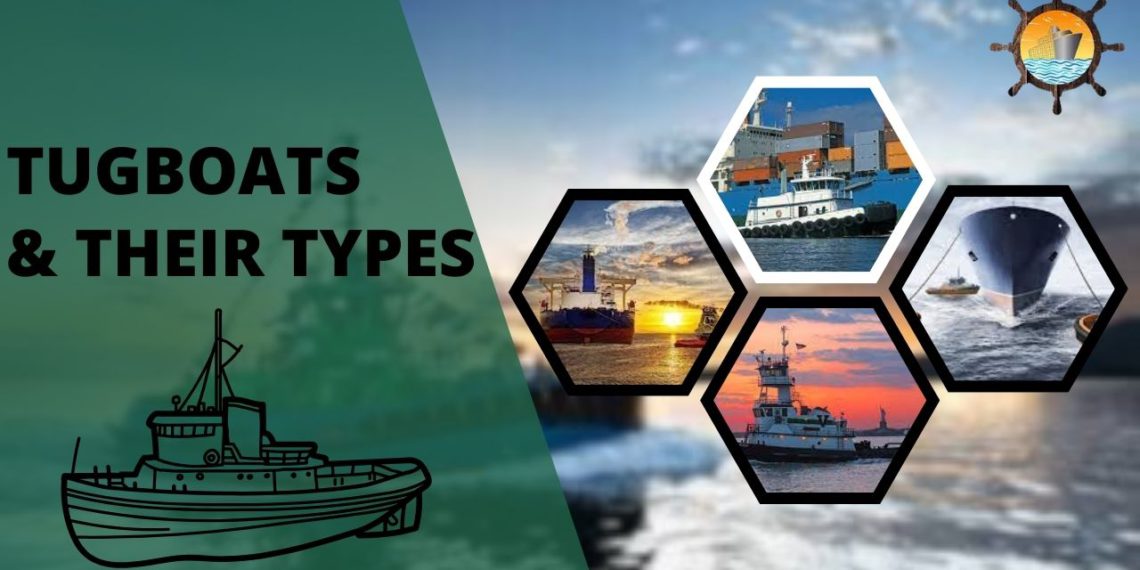


design tug boat
Hello Meiem, can you elaborate your query?